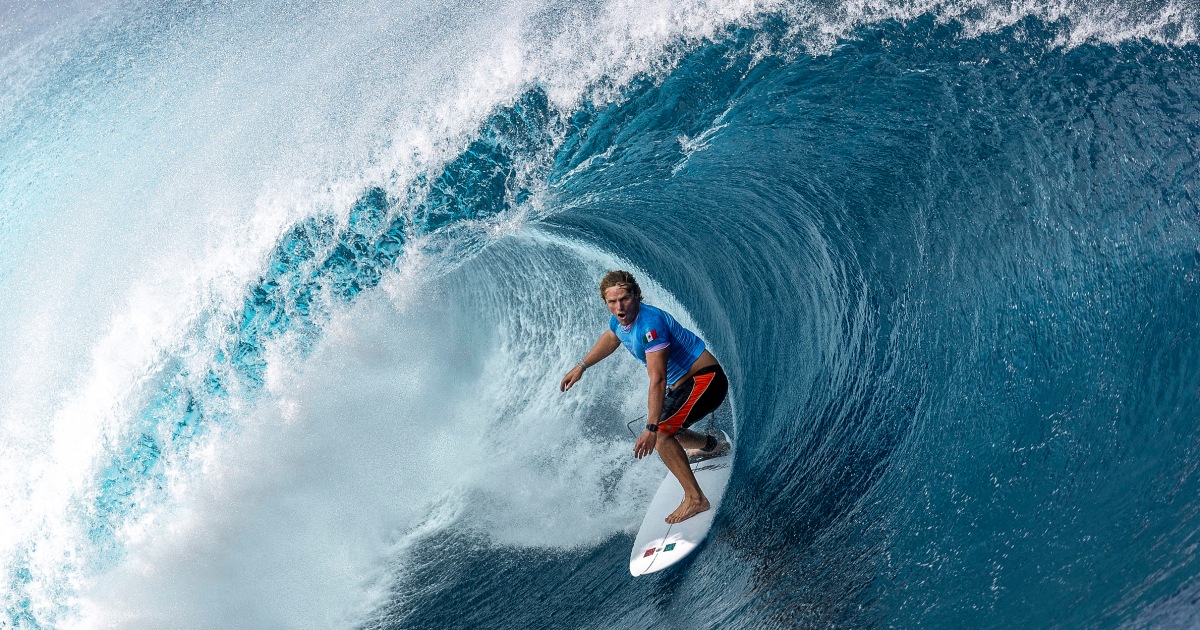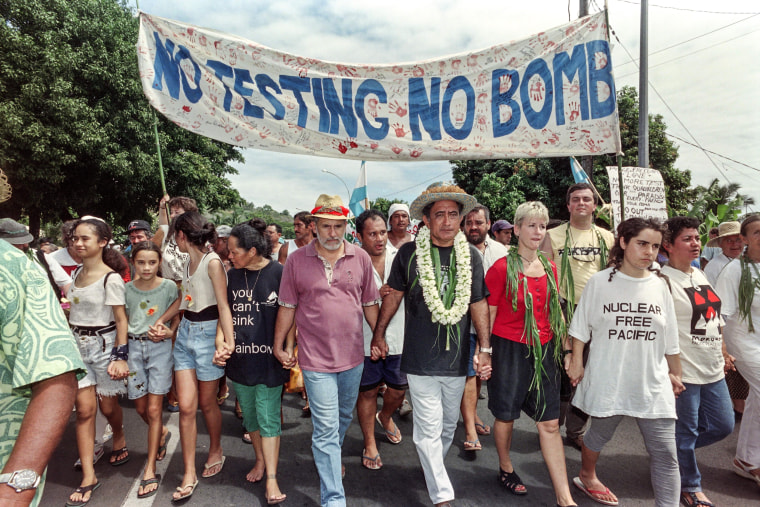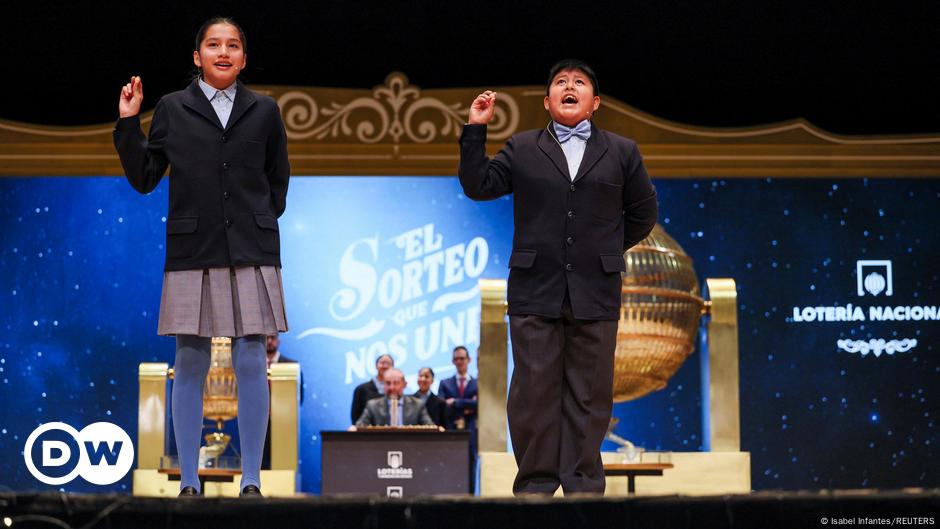World
Olympic surfers take on one of the world’s deadliest waves at ‘the place of skulls’

The Teahupo’o wave’s swell is only one reason why it’s “not a wave for the faint-hearted,” as the Paris 2024 website called it. The island’s coastline is also bordered by a sharp and shallow reef that drops off suddenly into the ocean.
As a result, scoring at this year’s Olympic surfing competition won’t be about the tricks that surfers typically perform on other waves. Surfers told The Wall Street Journal that it’s about simply committing to the wave.
“It’s not the time to be like, ‘Oh, God…I don’t know if this is going to work out for me,’” Jessi Miley-Dyer, a pro surfer and commissioner for the World Surf League, told the Journal. “You’ve got to paddle into it, then pull your head down and go, ‘Okay, I’m going to make this, and this is going to be the ride of my life.’”
While the Teahupo’o wave poses a daunting challenge to surfers who flock to the Tahitian village, residents of Teahupo’o have faced a decadeslong environmental danger. In 1974, a radioactive cloud from a French nuclear weapon test floated over Teahupo’o, exposing villagers to radiation that causes cancer.

Across French Polynesia, 200 nuclear tests were conducted by French scientists from 1966 to 1996, according to reporting by The New York Times. “I am happy that we have the Olympic surfing, and I am proud that everyone in the world will know Teahupo’o,” Mayor Roniu Tupana Poareu of Teahupo’o told the Times. “But sometimes, when I see the suffering of my family, I hate France.”
For more from NBC Asian America, sign up for our weekly newsletter.










